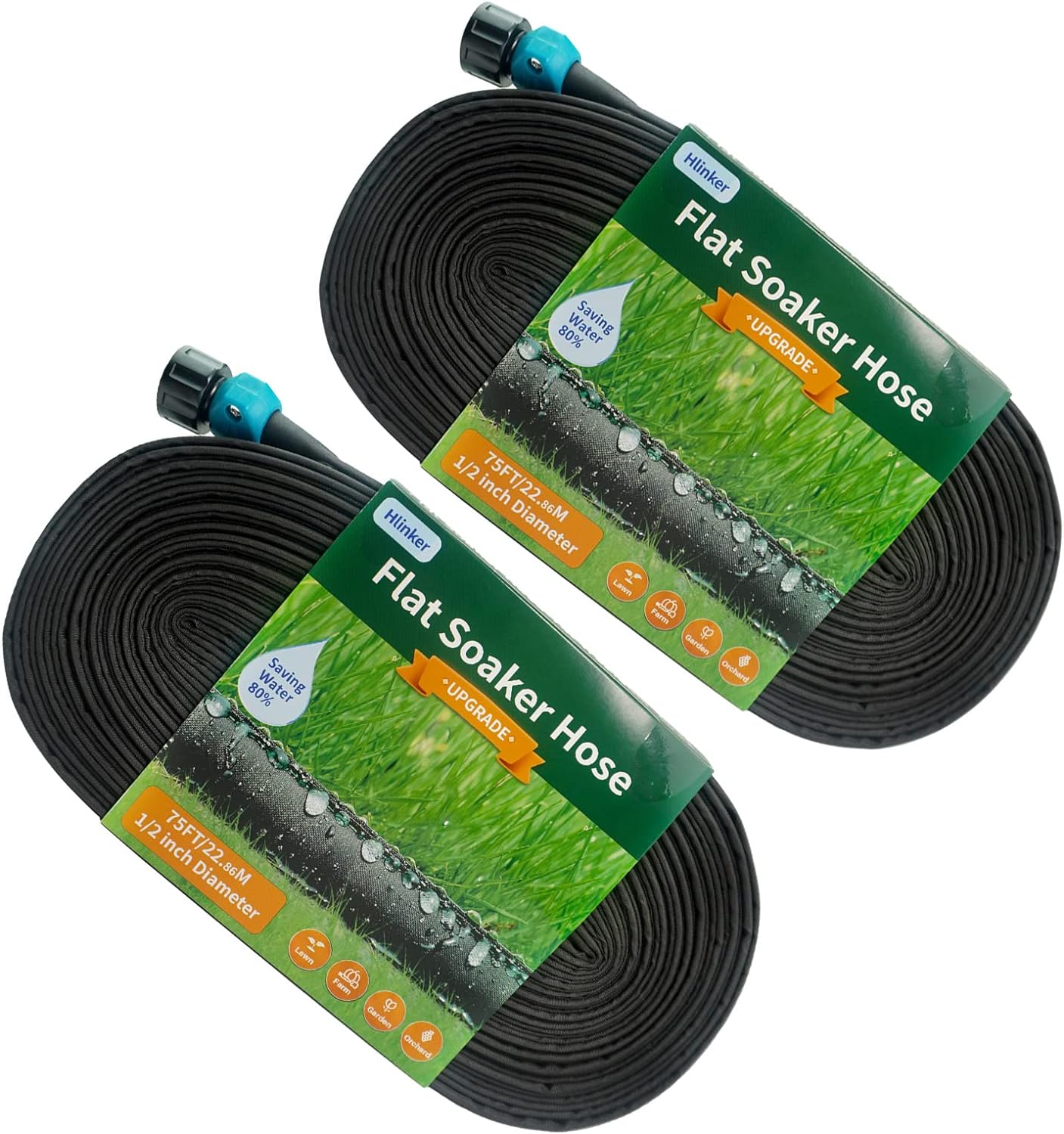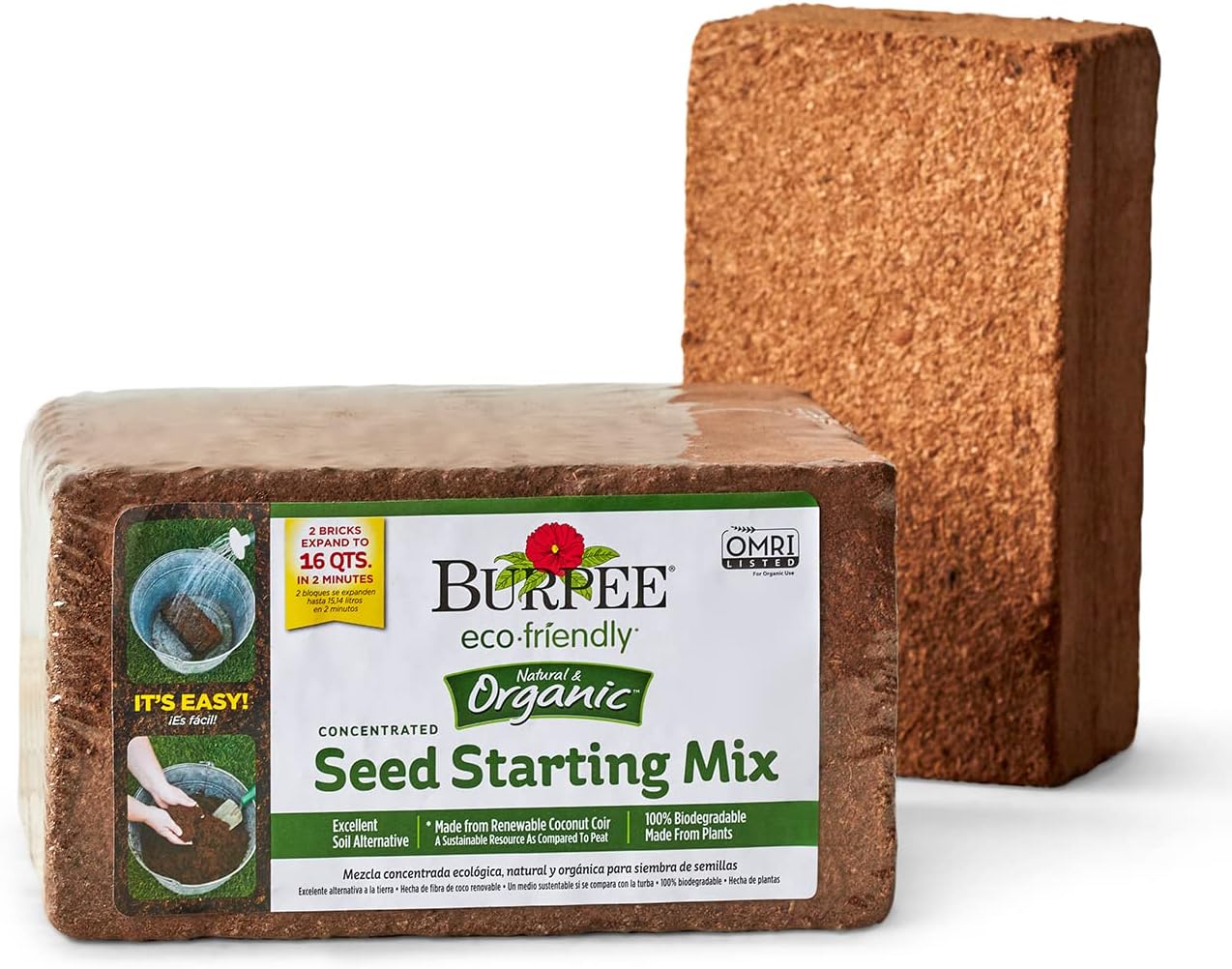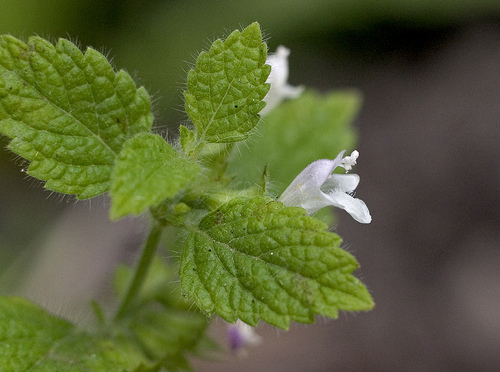When I say these herbs grow well in shade, I want to be clear that I don’t mean full shade. Rather, I’m talking about those areas that are in semi-shade, dappled sunlight, and afternoon shade. In other words, they don’t need full sun, which is 8-10 hours of sunlight.
In fact, I came upon this lesson quite by accident when years ago I planted a darling little herb garden in an area that was receiving less sun than I realized. But the bed had already been planted and I decided that everything was just going to have grow where planted – and do the best they could. Low and behold, the garden grew beautifully and I continued maintaining an herb bed in that place for the rest of the time I lived in that home.
Here are six culinary herbs that, though they enjoy the sunshine, do well in less sun than you may think.
- Shiso (Perilla frutescens) – This handy herb grows as an annual in all zones up to 3 feet tall. It can be used in dishes just like basil or cilantro.
- Lemon Balm (Melissa officinalis) – Grows great in zones 4-9 up to 2 feet tall. It’s bee heralded throughout histiory as one of the calming herbs.
- Oregano (Origanum vulgare) – Grows to 2-1/2 feet; zones 5-9 ; will tolerate light shade.
- Thyme (Thymus spp.) – Grows well in zones 4-10 from anywhere between 6-12 inches tall depending on the variety. If you’re looking for groundcover, creeping thyme is your herb. And woolly thyme is heavenly on bare feet.
- Parsley (Petroselinum spp.) – Grows well in zones 5-9 to to about 1 foot tall. Another sun lover that doesn’t mind some shady areas.
- Corsican Mint (Mentha requienii) – Grows very well in zones 6-9 and is about 6 inches tall. Yes, Corsican mint like the sun, but behaves well in light shade.
Aside from pulling their weight in the kitchen, these herbs can take the place of the more common stand-bys such a ivy in shady landscaping. Plus once they’re established, these herbs often have less water requirements.
Fine Gardening Recommended Products
Corona E-Grip Trowel
Fine Gardening receives a commission for items purchased through links on this site, including Amazon Associates and other affiliate advertising programs.
Handle Material: Aluminum. Handle Length: 14-1/2 in. Overall Length: 14.5 in. Head Material: Aluminum. Handle Color: Red.

Flat Soaker Hose 75 150 FT for Garden Beds
Fine Gardening receives a commission for items purchased through links on this site, including Amazon Associates and other affiliate advertising programs.
Consistent & Even Watering Drip Irrigation Hose: Makes use of a clog-resistant fabric cover recycled vinyl for consistent slow soaking seep throughout its entire length. Deliver water to the entire area that it covers. Only certain areas of your garden bed getting watered. For waste-free watering in garden beds and other tight spaces. Waters the base of the plants so less water-related leaf damage. Linkable Garden Soaker Hose For DIY Irrigation System: End to end connectable drip water hose, flexible versatile Above-ground or bury it below a up to 3-inch layer of mulch or soil; this fit with garden hose threads and come with rust resistant end caps that make it possible to connect multiple hoses and works well with timers.
Maneuverability And 100% Environmentally Friendly Drip Hose: Double layer design PVC Covered With Extra-Strength Fabric material protect from sun damage than rubber weeping hose; ensure the longevity of the soaker hose, which is ideal for you using it regularly through all seasons in your garden. Made of 100% environmentally friendly recycled vinyl, pass CA65 test, water is safe for ground which makes it perfect for use with vegetables, herbs, and other edible plants. Easy To Store Flat Soaker Hose: This irrigation drip hose flat design is kink-resistant, lies flat makes it a breeze to roll up and store for next season.The flat shape also makes it simple to snake under existing plant growth. One-Year Warranty on Flat Soaker Hoses: Ensure a water pressure of 40-90 psi for best results—hot water is not suitable.

Burpee Organic Coconut Coir Concentrated Seed Starting Mix, 16 Quart
Fine Gardening receives a commission for items purchased through links on this site, including Amazon Associates and other affiliate advertising programs.
ORGANIC COCONUT COIR: Made from recycled coconut husks, coir is a light, sustainable growing medium that holds the perfect amount of moisture for starting seeds. 100% biodegradable soil alternative. Environmentally friendly and a renewable alternative to peat moss. OMRI listed and certified organic. IDEAL GROWING MIX: Improve seed germination and root growth with this premium coconut fiber mix, which improves nutrients absorption! Great for flower, vegetable, herb, and more plant types. OMRI listed. Naturally disease and pathogen resistant, it will help you grow healthy live plants. EASY TO STORE & EXPAND: Each compact coconut coir brick expands into 8 quarts of seed starting mix, providing 16 quarts total. Just add water to expand! Dehydrated bricks save space until planting. Once expanded, coconut coir provides a quality growing medium for all types of plants—indoor plants, house plants, outdoor plants, and more! NATURALLY CONSERVES WATER: Renewable coco coir has excellent moisture retention and better air circulation than peat. This eco-friendly, premium seeds starting mix combines well with other potting soil and compost for container plants & raised beds. 100% GUARANTEED: Burpee is committed to the success of all gardeners. We treat each order with care to ensure healthy seeds, plants, soil mixes, and gardening supplies are sent in excellent condition. If you are unsatisfied with your purchase, we aim to make it right!























Comments
Log in or create an account to post a comment.
Sign up Log in